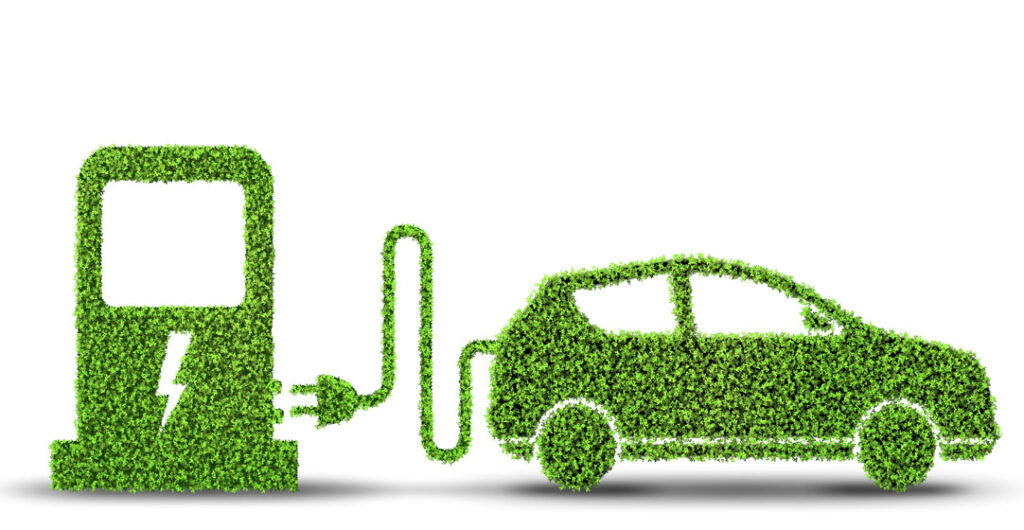
Synopsis
India and China compete for minerals crucial for electric vehicles and solar panels. India applies to explore the Indian Ocean for cobalt and manganese, emphasizing strategic importance, Carlsberg Ridge, ANS, polymetallic nodules, Sunil Kumar Singh, NIO, and NIOT.
India and China are engaged in a literal undersea race for mineral resources, which are essential for producing solar panels and electric vehicles.
India has requested a licence from the International Seabed Authority (ISA) of the United Nations to search for minerals like cobalt and manganese in the Afanasy-Nikitin Seamount (ANS) and Carlsberg Ridge, two areas at opposite ends of the Indian Ocean. This information was reported in the Times of India.
Batteries for solar panels and electric cars are made from these materials.
China reportedly shown interest in looking into the mineral potential in the Indian Ocean. “We know that China and other nations are likewise interested in these areas. Therefore, to us, it is not just about mineral resources but also strategic significance,” Ministry of Earth Sciences Secretary M.Ravichandran told TOI.
At the moment, India has permits to investigate two areas of the Indian Ocean. First licence, signed on March 25, 2002, and expiring on March 24, 2027, permits polymetallic nodule implantation in the middle Indian Ocean at a depth of 6 km, almost 6,000 kilometres from the Indian shore. The second licence, which was signed on September 26, 2016, and has an expiration date of September 25, 2031, allows for the investigation of polymetallic sulphides at the Rodriguez Triple Junction, a tectonic plate meeting point in the southern Indian Ocean that is close to Mauritius.
Only 300,000 square kilometres of the 71 million square kilometres of the Indian Ocean region have been mapped since the 1980s, according to Sunil Kumar Singh, Director of the National Institute of Oceanography (NIO). The ISA received these studies, which cover a 150,000 square kilometre region with polymetallic nodules—potato-shaped seabed minerals that contain iron hydroxide, manganese, nickel, cobalt, and copper.
“In the 1980s, we recruited scientists to study polymetallic nodules in the Indian Ocean with the hope that one day there will be technology to explore these regions,” Singh recalls. According to Thaman Meloth, the director of the National Centre for Polar and Ocean Research, ship-based studies are the first step in the exploration process. These are followed by studies using remotely operated vehicles, autonomous underwater vehicles, and preliminary sampling. A related study evaluates the effects of mining operations on the ecosystem and marine life.
Within the two locations under investigation, a portion of the 75,000 square kilometres allocated for Indian study of polymetallic nodules, or 18,000 square kilometres in the Central Indian Ocean, have seen the start of test mining by Indian researchers. This entails creating and evaluating machinery for harvesting and extracting minerals without endangering the environment. The National Institute of Ocean Technology (NIOT), situated in Chennai, is creating an integrated mining system that includes a crawler, crusher, and pumping system that are all five metres long.
In a 75,000 square kilometre area in the central Indian Ocean, NIO researchers have found 380 million tonnes of polymetallic nodules, 1.5 million tonnes of which include cobalt.
India now imports a significant amount of minerals, including cobalt, from China, Norway, and the United Kingdom. Obtaining high-quality minerals from the mainly unexplored waters may be the final resort given the rising need for vital minerals.
